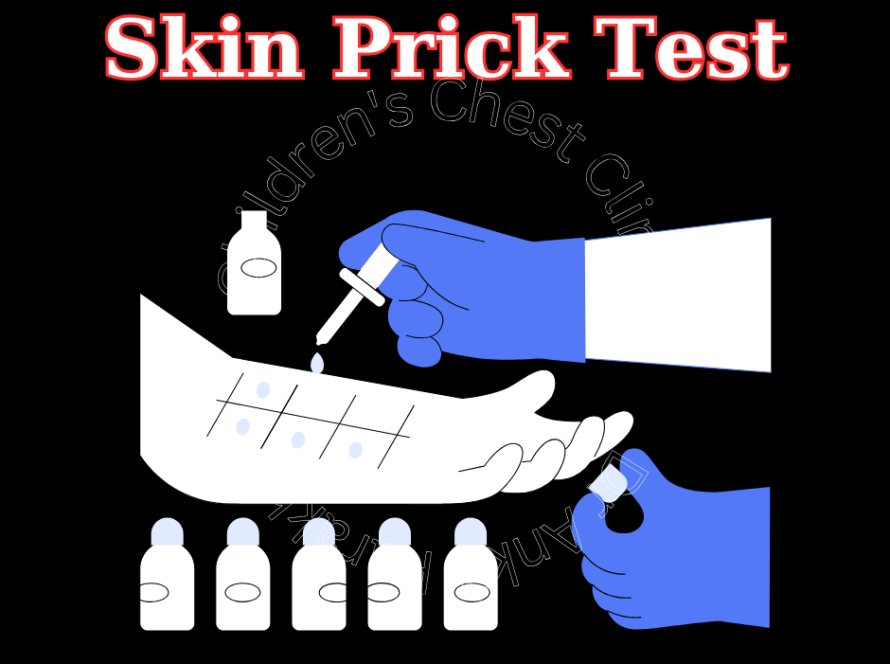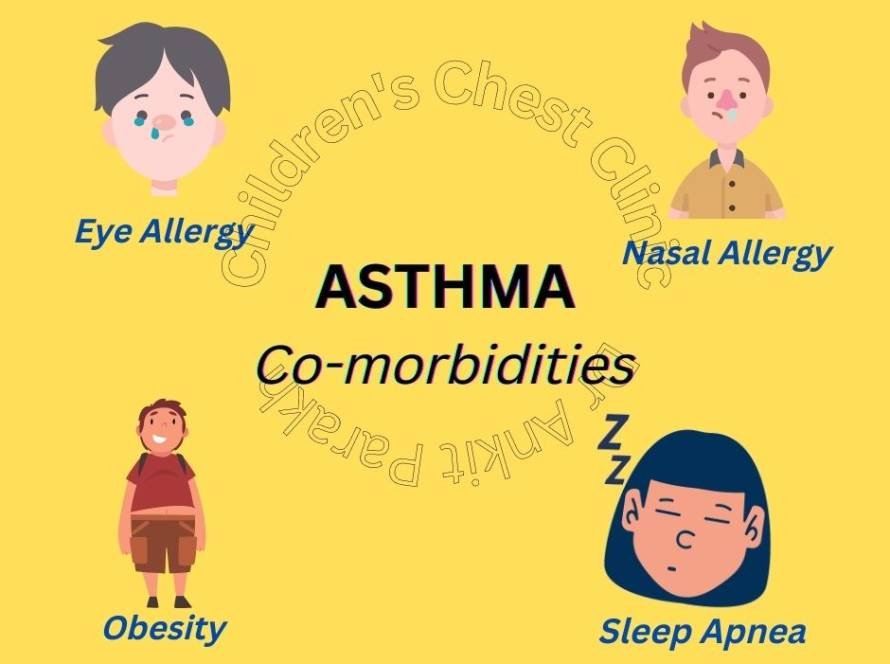Chronic aspiration occurs when food, liquid, saliva, or stomach contents are inhaled into the lungs repeatedly over time. For children, this can be a serious issue, potentially affecting respiratory health and quality of life. This article we shall explore the causes, symptoms, and management strategies for chronic aspiration in children.
What is Chronic Aspiration?
Aspiration happens when a foreign substance, such as food or liquid, enters the lungs instead of passing down the food pipe or esophagus to the stomach. While occasional aspiration may happen without long-term issues, chronic aspiration involves repeated incidents, leading to inflammation, infections, and even respiratory complications like pneumonia if left untreated.

Causes of Chronic Aspiration in Children
There are several potential causes of chronic aspiration in children, including:
- Neurological Disorders: Conditions such as cerebral palsy, muscular dystrophy, or brain injuries may impair swallowing or esophageal muscle control, increasing the risk of aspiration.
- Gastroesophageal Reflux Disease (GERD): GERD can cause stomach contents to flow back up the esophagus and into the lungs, especially during sleep. This is common in infants but can persist in older children as well.
- Swallowing Dysfunction (Dysphagia): Swallowing disorders can make it difficult for children to coordinate the actions needed to prevent food or liquid from entering the airway.
- Structural Abnormalities: Anatomical issues like cleft palate or tracheoesophageal fistula can also increase the risk of aspiration by allowing liquids or food to bypass the normal pathways.
Symptoms of Chronic Aspiration
Recognizing chronic aspiration is crucial for early intervention. Symptoms may include:
- Chronic cough that worsens with eating or drinking
- Frequent respiratory infections, such as pneumonia or bronchitis
- Wheezing or noisy breathing
- Difficulty swallowing or gagging during meals
- Poor weight gain or growth delays, due to difficulties with eating
- Drooling or regurgitation of food
Diagnosis of Chronic Aspiration
Diagnosis usually involves a combination of clinical observation and specialized tests. Detailed evaluation might include:
- Video fluoroscopic Swallow Study (VFSS): This X-ray test captures video of swallowing and can help detect abnormalities in the swallowing process.
- Fiberoptic Endoscopic Evaluation of Swallowing (FEES): A camera is inserted through the nose to view the throat during swallowing, providing real-time insight.
- pH Probe or Esophageal Manometry: Used to assess acid reflux that could contribute to aspiration.
Bronchoscopy: In some cases, bronchoscopy is required to directly visualize the airways from inside for laryngeal clefts and tracheoesophageal fistula.
Management and Treatment
The treatment of chronic aspiration in children depends on the underlying cause. Here are some common approaches:
- Diet Modifications: For children with mild aspiration, changes in diet—such as thickening liquids or choosing softer foods—may help minimize aspiration episodes.
- Swallowing Therapy: Speech and occupational therapists specialize in swallowing rehabilitation, teaching exercises and techniques to improve swallowing coordination and muscle function.
- Medication: If GERD is contributing to aspiration, medications that reduce stomach acid or improve motility may be recommended.
- Positioning Techniques: Special feeding positions or keeping the child upright after meals can reduce reflux and minimize the risk of aspiration.
Surgical Interventions: For structural abnormalities, surgery may be necessary. Procedures like fundoplication can help with GERD-related aspiration by preventing reflux, while tracheoesophageal fistula repair addresses anatomical causes
Conclusion
Chronic aspiration in children is a complex condition that requires a multidisciplinary approach to effectively manage and treat. Early intervention and consistent monitoring can help prevent serious respiratory issues and improve the child’s quality of life. With a combination of medical management, therapeutic support, and lifestyle adjustments, many children can thrive despite this challenge.






